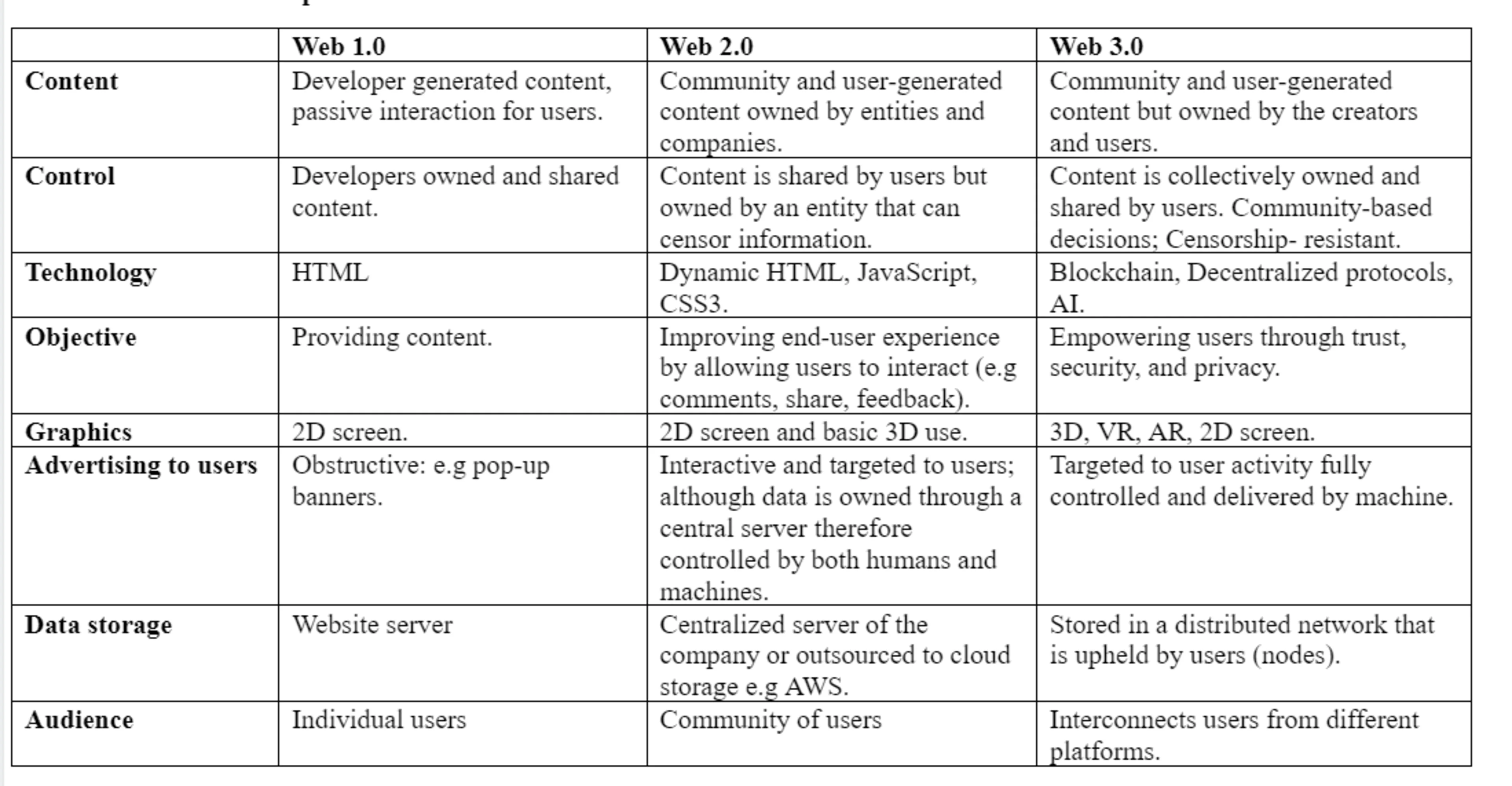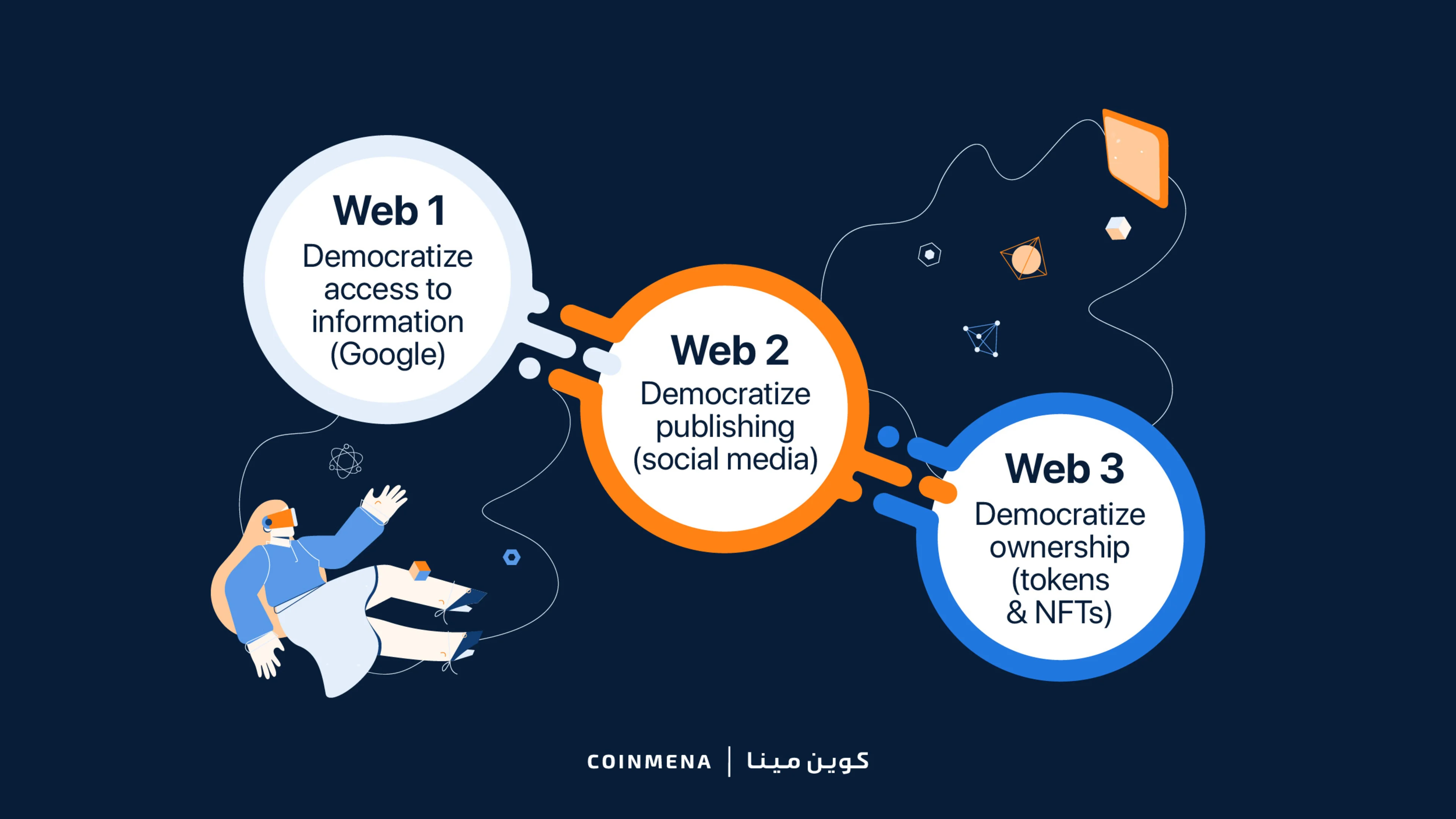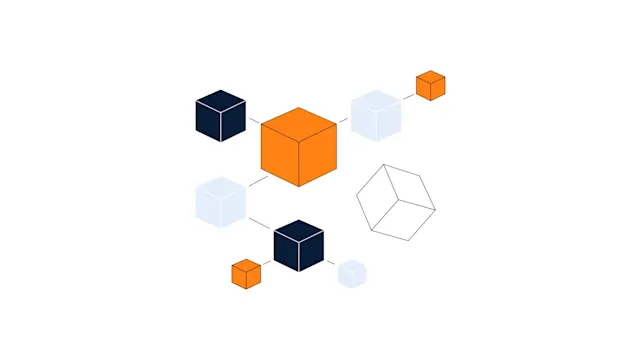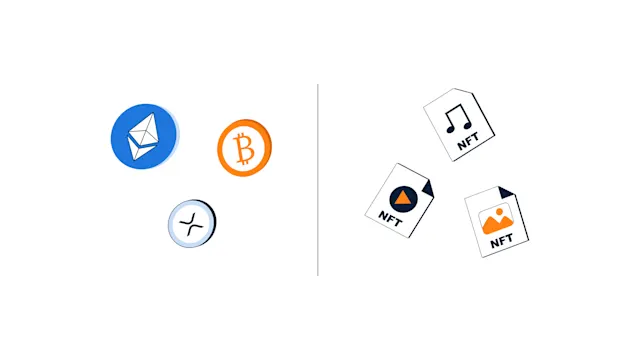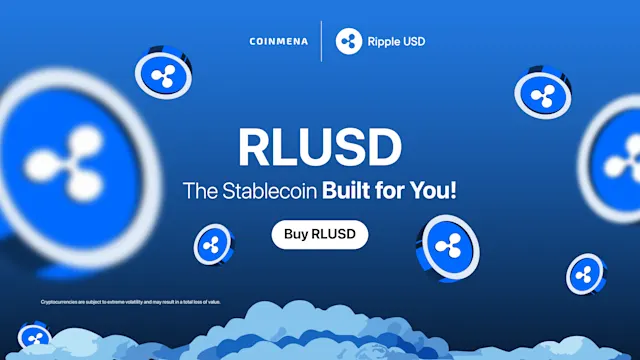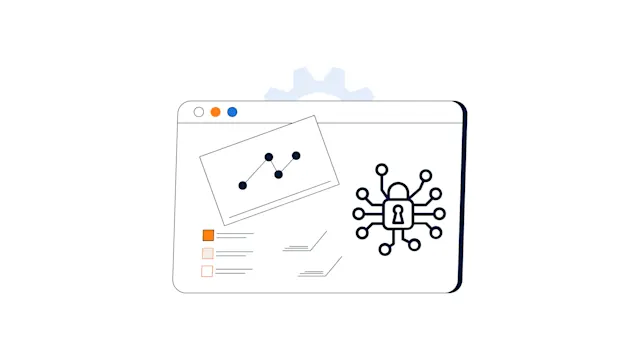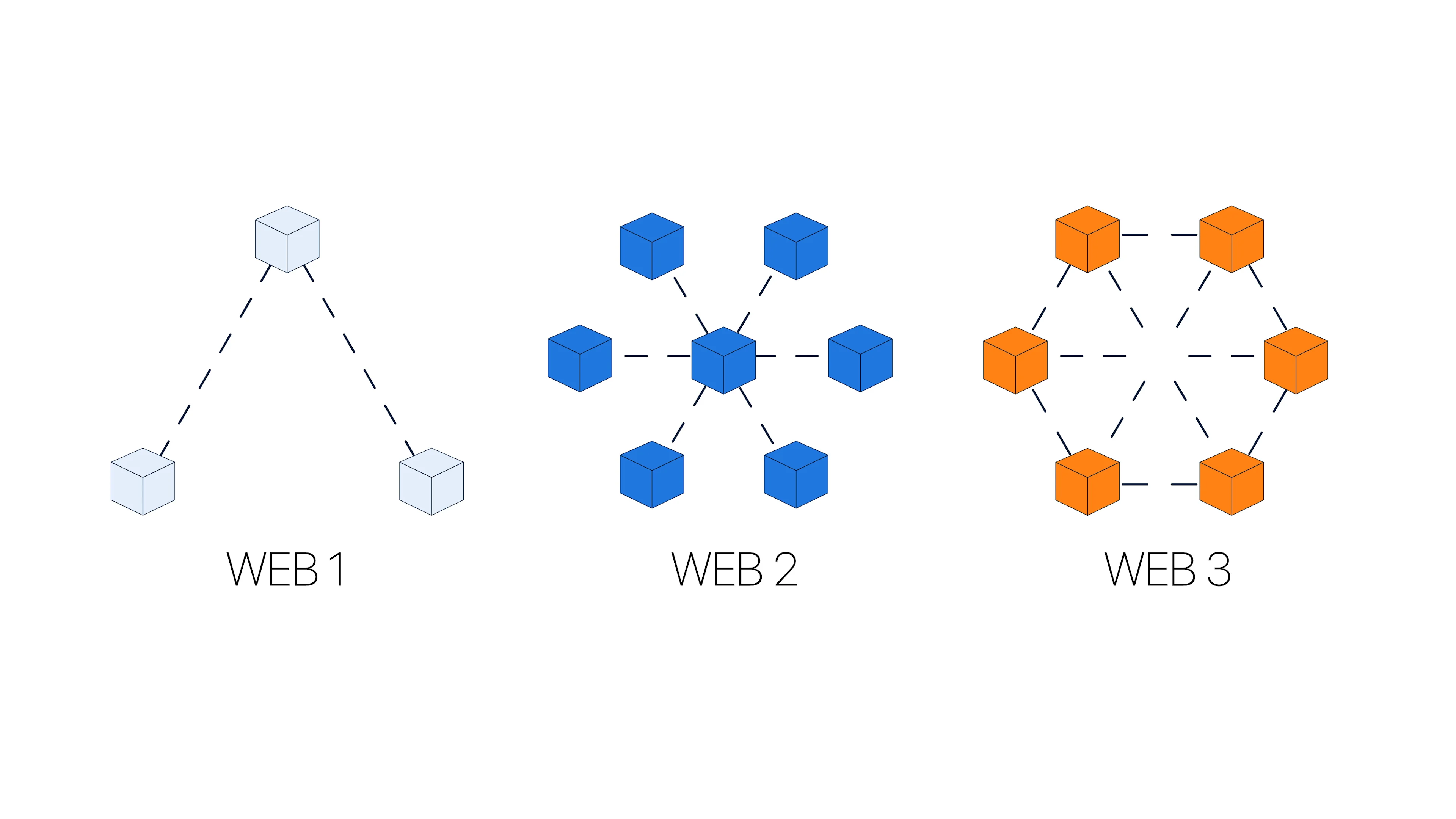
Web 1, 2 and 3
Web 1.0, Web 2.0, and now Web 3.0; To understand how the 3rd iteration of the internet has come to be, we need to understand where the internet came from and how it has developed to where it is today.
Web 1.0, Web 2.0, and now Web 3.0; To understand how the third iteration of the internet has come to be, we need to understand where the internet came from and how it has developed to where it is today.
Web 1.0
Web 1 is also known as the static web. The term Web 1 was first used by the author and web designer Darci Di-Nucci. This first version of the internet was built on static HTML and could only display information. Users could not display their own content or interact with the webpage (comments, shares. like). To create a webpage, a person required a good level of skill in HTML writing, thus limiting users outside the computer engineering space. Hence, Web 1 was heavily reliant on content consumers and mainly used as a delivery network. Web 1 lasted between 1991 to 2004.
Web 2.0
The Web 2 version of the internet focused on being more interactive, also known as the Social Web. This was made possible with the advancement of coding techniques such as JavaScript, HTML, CSS3, etc. Web 2 saw the introduction of social media, blogs, and other mediums for users to post their own content on the internet, making it instantly available to any person with access to the internet. Web 2 emphasized user-generated content and enabled communication between different websites and applications. The explosion of Web 2 was boosted by innovations that enabled swift access to the internet. Moreover, the development of social media platforms such as Twitter, Facebook (now Meta), Instagram, and utility application like Uber, Netflix, and Apple Music help concentrate human needs and activities under “one roof,” delivered through Web 2. With Web 2, the internet went from being static to a more dynamic version. From 2004, developers began shifting their focus to building social networks and cloud-based services, which saw the beginning of Web 2 that we use today.
Web 3 in the future
Web 3 is the third version of the internet that is still in development. Essentially, it aims to make the internet a more intelligent machine through AI that can run smart contract programs to assist users in their day-to-day activities in a decentralized, trustless, and open-source manner. Tim Berner’s definition of the semantic web back in the 90s is what Web 3 envisions to be, with subtle improvements that have been witnessed through the growth of the internet since then. The beginning of Web 3 can be traced to the first use case of blockchain technology to create the first cryptocurrency Bitcoin back in 2009.
